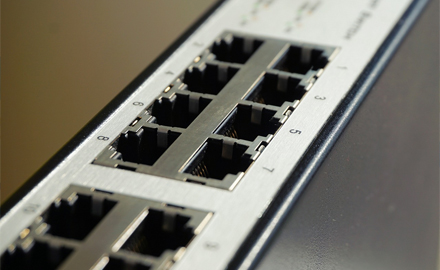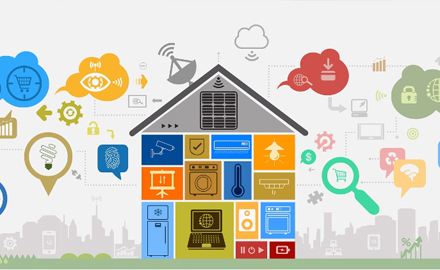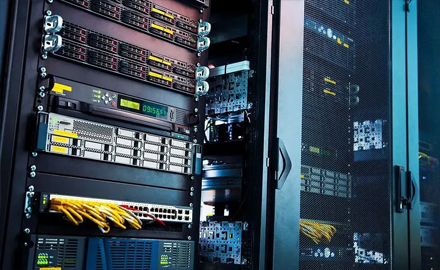The development sequence of the construction of global fixed networks is Japan and South Korea, China, Europe and America, developing countries. According to incomplete statistics of FTTH/ b peNetration rate of major countries and regions of the world from September 21 European fiber committee to home, there are 20 countries or regions with a peNetration rate of more than 50%, and the top five are the united Arab emirates (97.0%), Qatar (95.8%), mainland China (94.9%), South Korea (91.1%), Hong Kong (86.2%), there are 19 countries or regions whose peNetration rate is less than 10%, including Colombia (9.1%), South Africa (5.3%), India (3.3%) and developed countries such as Italy (9.3%), Germany (6.3%), the United Kingdom (5.9%), Belgium (2.4%) and the us peNetration rate is only 21.5%. We believe that Europe and the United States have entered the stage of accelerated peNetration of FTTH, which we will present later.
FTTH has become an important growth point for global connection methods. According to point topic statistics, as of the first quarter of 2022, the global FTTH accounted for 58% of the total number of fixed broadband users, an increase of 0.8% per month, while the market share of cable and adsl broadband connections has been further reduced. Representing 17% and 10% respectively. At the same time, the number of global copper cable subscribers decreased by 9.8% year-on-year, while FTTH increased by 13.5% year-on-year. Satellite and wireless (mainly fwa) grew by 5.6% and 4.6% year-on-year, allowing users to access the network in places where cable broadband is difficult to implement.
The traditional operators inject new vitality to the FTTH/ b construction. In Europe, according to data from the European committee of fiber to the home, from 2011 to 2021, the composition of FTTH/ b service providers in Europe has undergone important changes, being the traditional operators very active in the construction of FTTH/ b in rural and urban areas, representing. 21% increased to 39%. For example, telefonica plans to upgrade its joint venture operator network in the UK to fibre home in the future; Deutsche telekom announced that it will strive to achieve 10 million fiber optics to the home by 2024; Vodafone intends to invest eur 10 billion in a German optical fibre joint venture for the establishment of FTTH networks. In the americas, AT&T and lumen are vigorously developing FTTH, benefiting from the increase in arpu value driven by fiber to the home AT&T expects to reach fiber coverage capacity of 30 million households by 2025; Lumen to open 160,000 new locations in 22 years to expand new businesses fiber optic coverage reached 3.1 million households, a year-on-year increase of 19.23%.
 CIOE2023: Pioneering the Future of Intelligent Communication with eNet
CIOE2023: Pioneering the Future of Intelligent Communication with eNet
 eNet GPON OLT Basics and Configuration
eNet GPON OLT Basics and Configuration
 What is FTTH? How Does it Work?
What is FTTH? How Does it Work?
 Application of Optical Transceiver Module in OLT
Application of Optical Transceiver Module in OLT